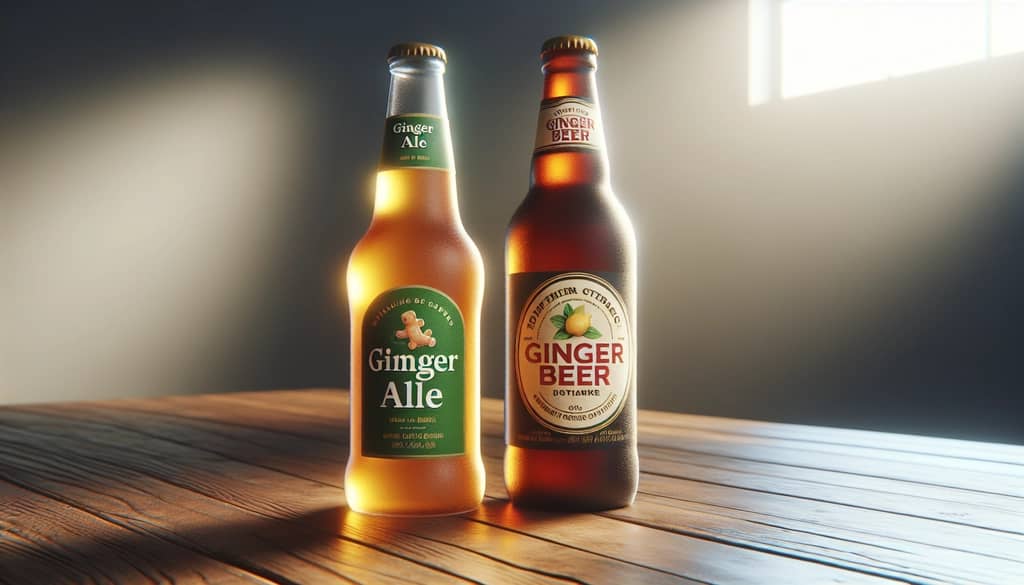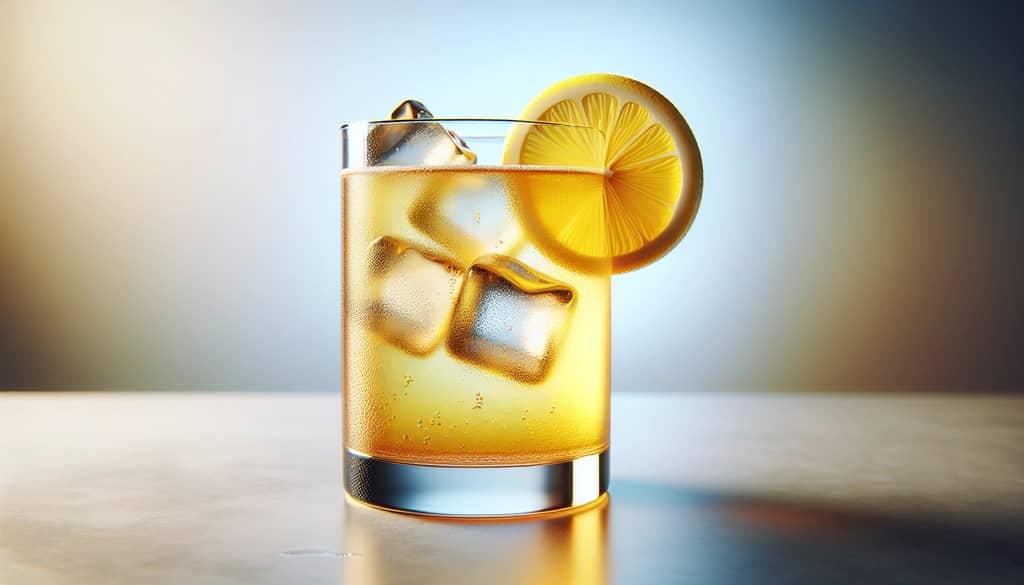Updated on: 6/3/2025
What’s the Difference Between Ginger Ale and Ginger Beer?

Ginger ale and ginger beer may look similar at a glance, but they’re distinct drinks with different backgrounds, flavors, and uses. Knowing which to pick can completely change the character of your cocktail or mixer.
Origins and How They’re Made
Ginger ale is a sweetened, non-fermented soft drink, first developed in the 19th century as a mild, carbonated beverage flavored with ginger extract. Most commercial ginger ales use carbonated water, sugar (or sweetener), and food-safe ginger flavoring—sometimes with little actual ginger root involved at all.
Ginger beer began as a fermented, mildly alcoholic beverage in 18th-century England. Traditional ginger beer required natural fermentation of ginger, sugar, water, and sometimes lemon juice, producing a cloudy, spicy, and slightly yeasty drink with a gentle kick. These days, most supermarket ginger beers are non-alcoholic (less than 0.5% ABV), but small-batch or craft versions may be boozier and far more pungent.
Flavor, Sweetness, and Carbonation
- Ginger ale tastes mild, sweet, and floral, with gentle spice and a crisp, fizzy finish. Quality varies: mass-market options are sugary and mellow, while “dry” ginger ales (like Canada Dry or Fever-Tree Dry) skew less sweet and slightly drier, but never bitey.
- Ginger beer delivers fiery spice and robust ginger heat. It’s less sweet, often cloudy, and some versions pack a citrus tang or fermented complexity. Ginger beer’s bubbles tend to be smaller and softer than ginger ale, giving it a richer texture.

When to Use Each One
Your choice can make or break the drink’s balance. Here’s a guide to where each shines:
- Ginger beer is the classic for strong, refreshing cocktails—think the Moscow Mule, Dark ’n Stormy, or Penicillin. Its intense spice stands up to bold spirits like rum, whiskey, or vodka.
- Ginger ale is ideal for lighter builds or for those preferring comfort and subtlety. Try it in a highball with whiskey or blended scotch, or as an easy mixer with bourbon or gin.
Summary Table: Ginger Ale vs. Ginger Beer
- Ginger ale: sweet, mild, heavily carbonated, nearly always non-alcoholic, pale golden color, ideal for light mixing and standalone sipping.
- Ginger beer: spicy, robust, fermented or brewed, low or non-alcoholic, cloudy or opaque, perfect for cocktails that need punch and complexity.

Choosing Between Ginger Ale and Ginger Beer
- For a crisp, subtle, easy-to-drink mixer, choose ginger ale.
- For intensity, layered spice, or a cocktail with bite, use ginger beer—especially if the recipe calls for it.
- Always taste different brands before settling; spice and sweetness vary widely.
The main difference comes down to spice, strength, and style. Knowing which fits your drink is key: use ginger ale for gentleness, ginger beer for boldness.